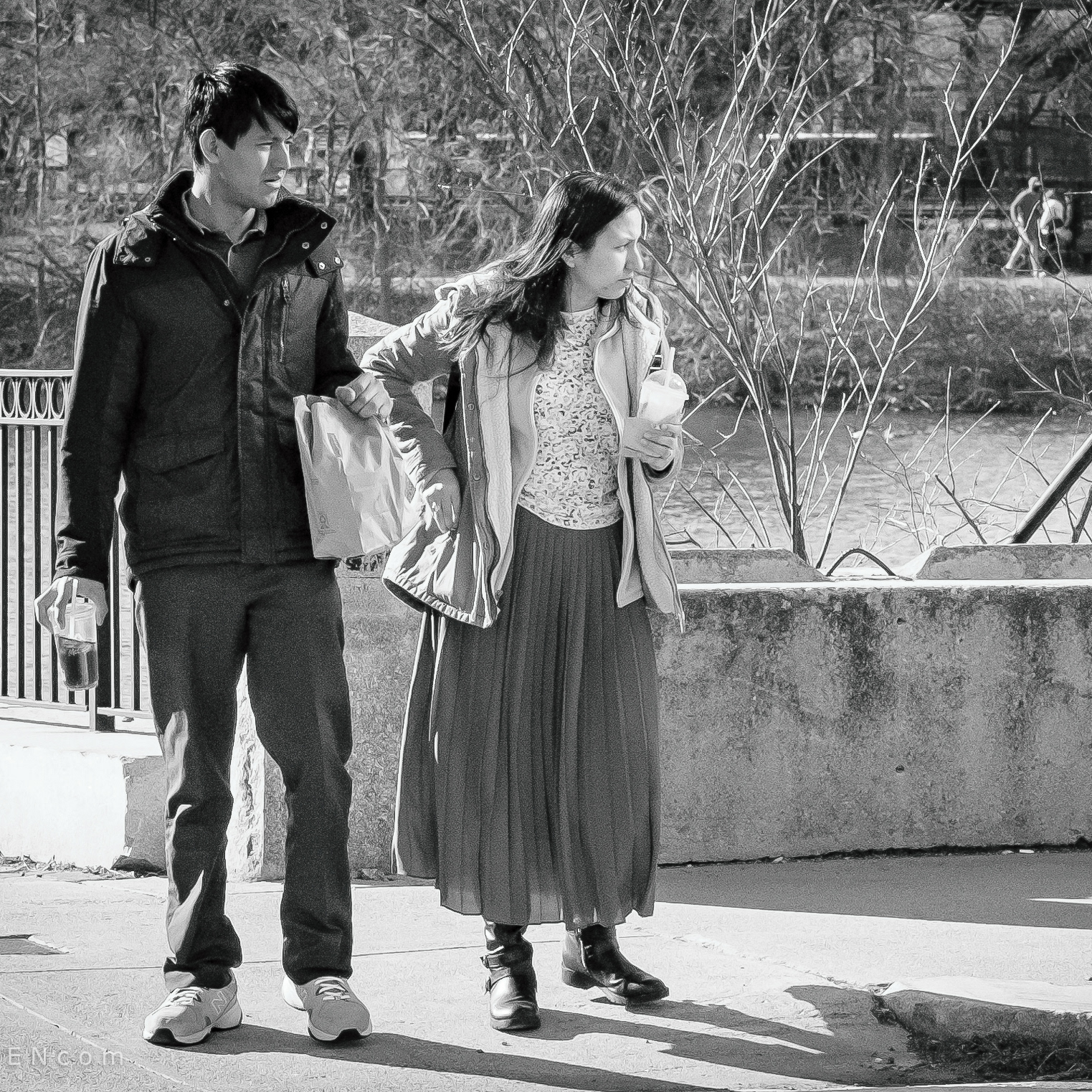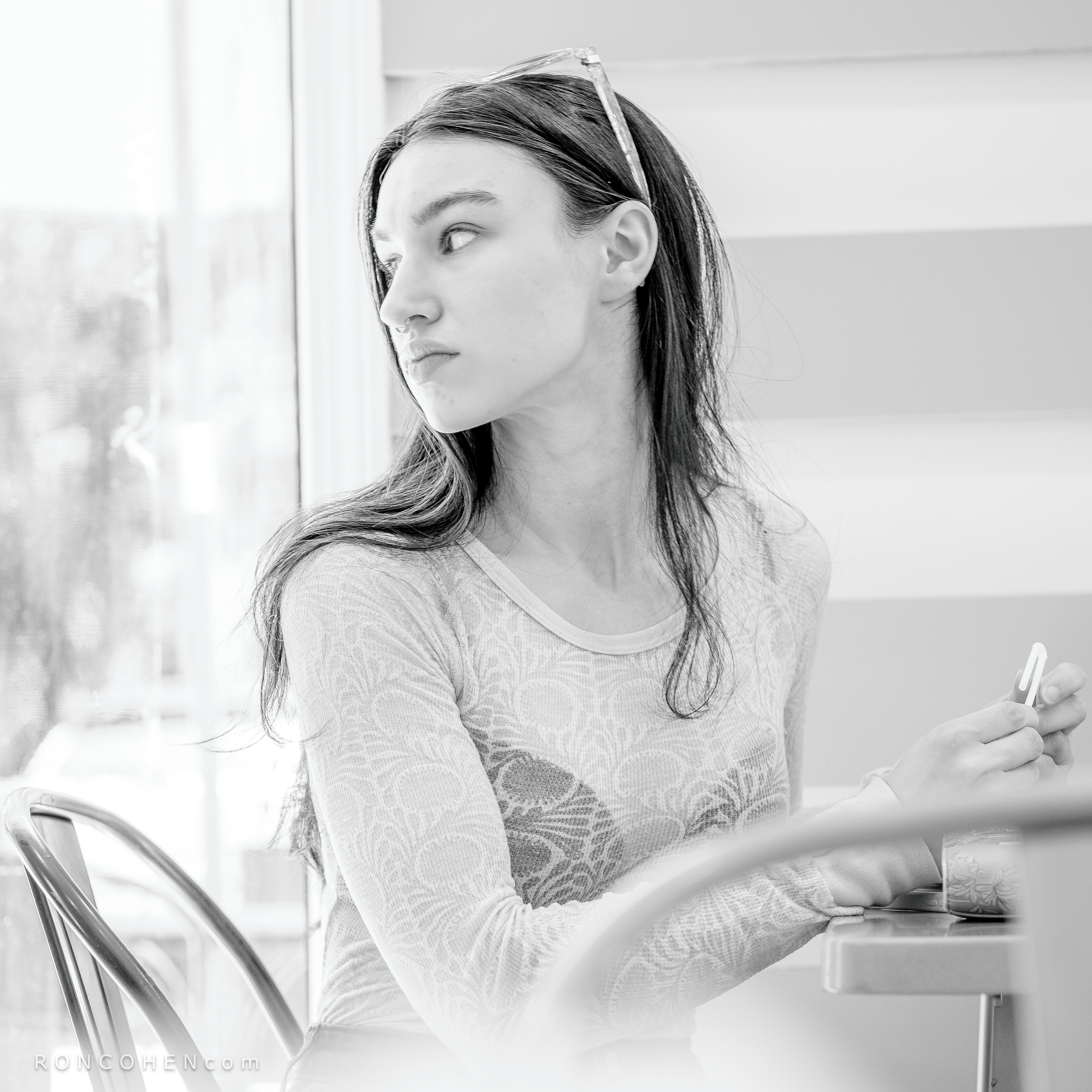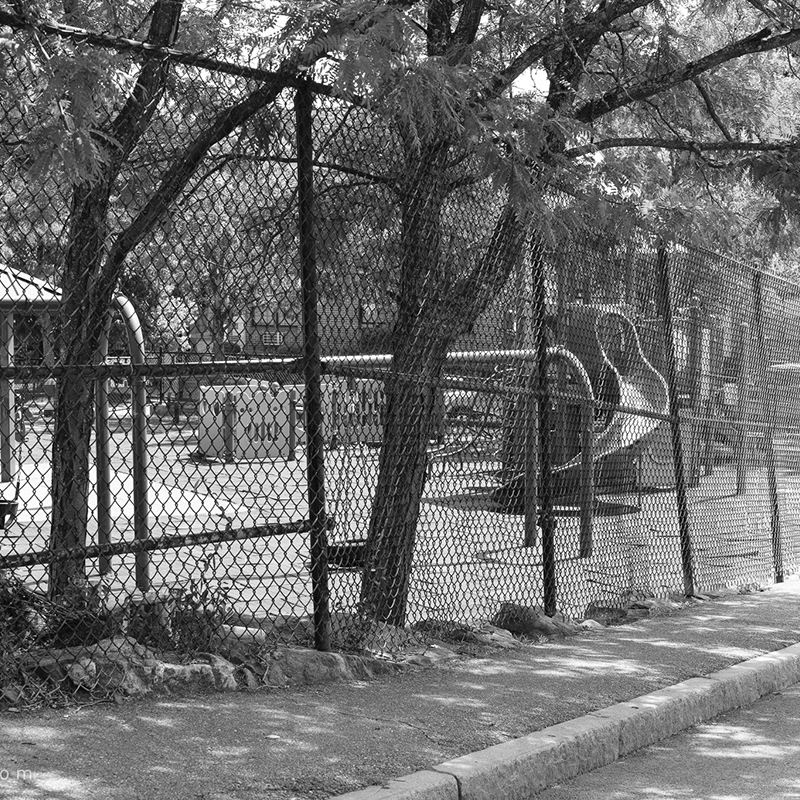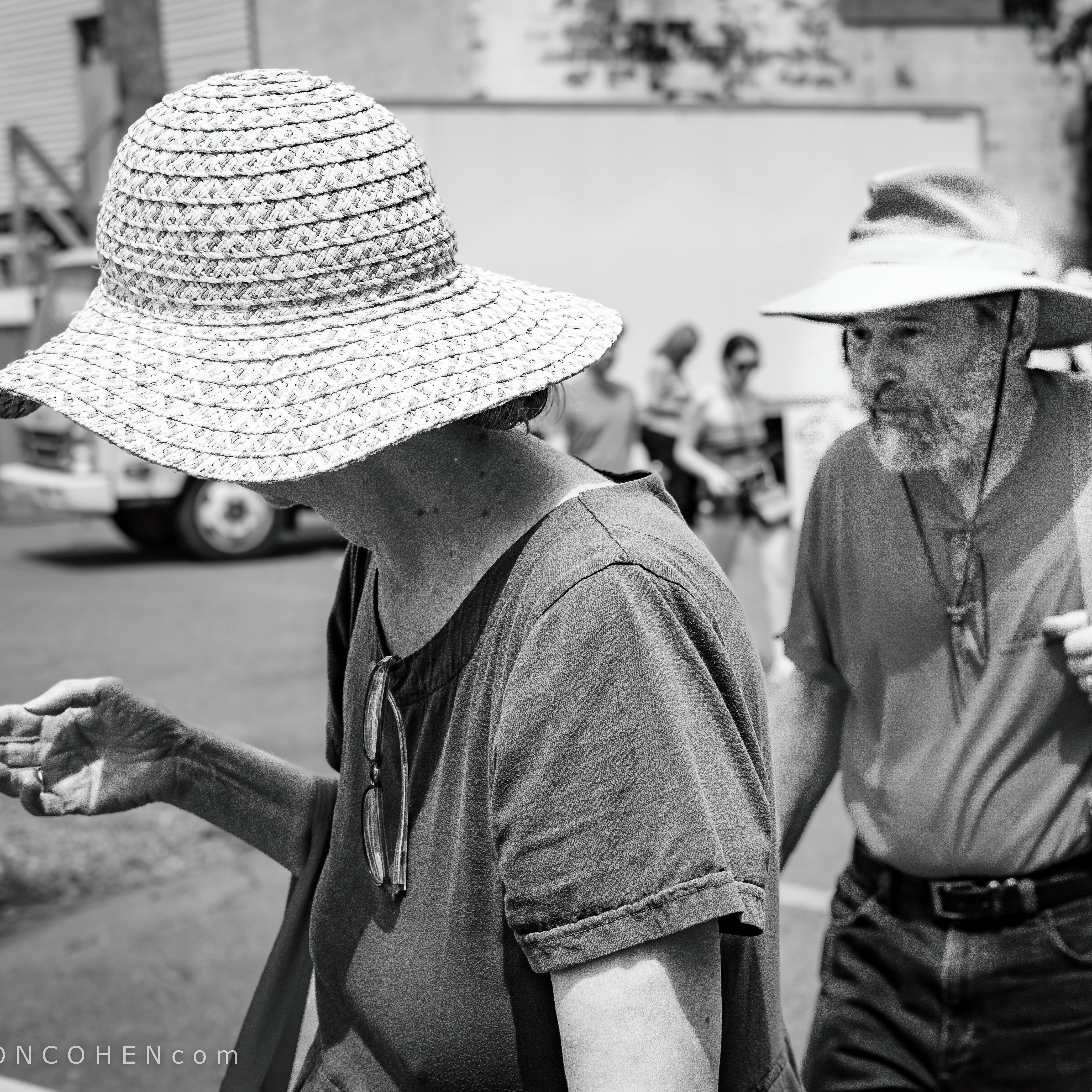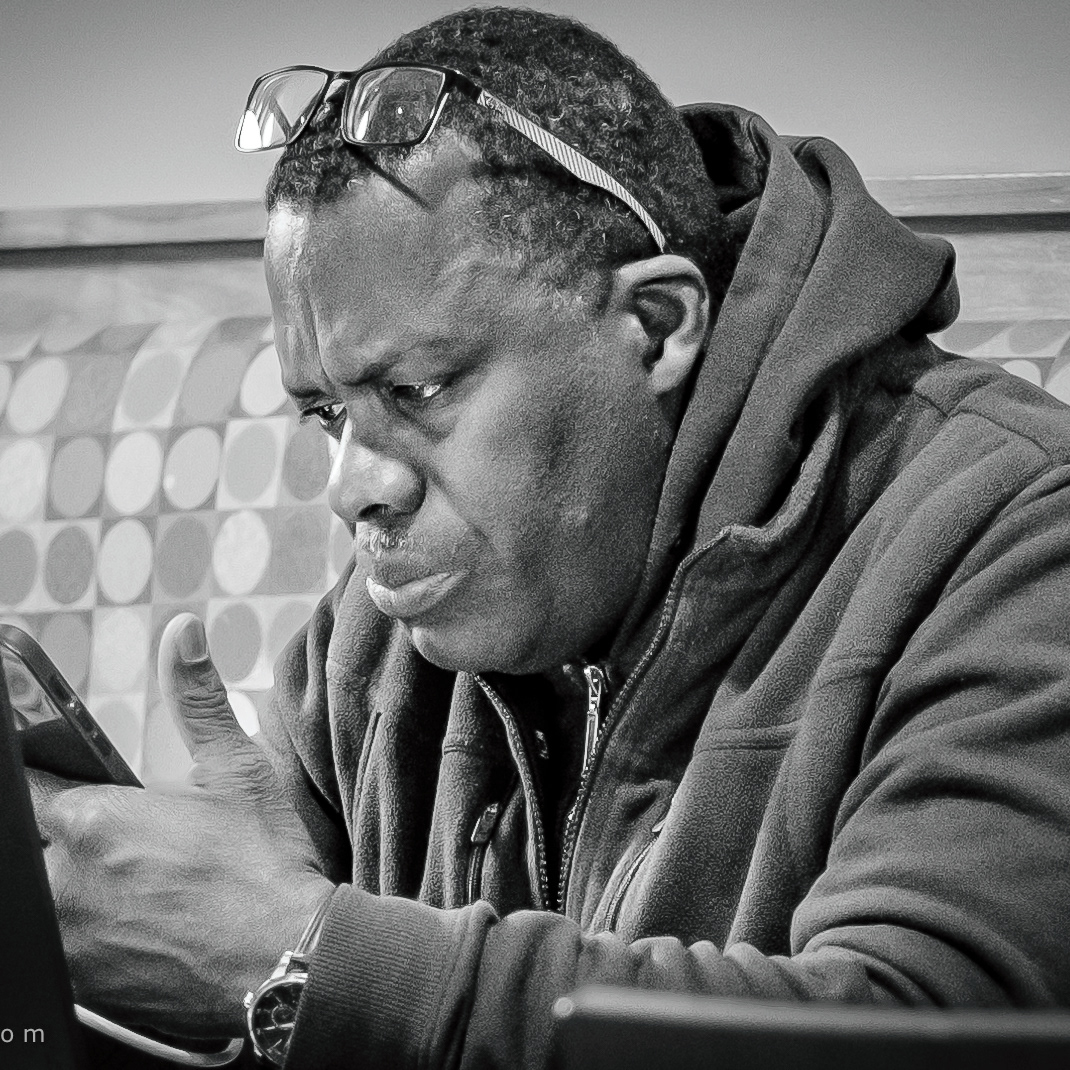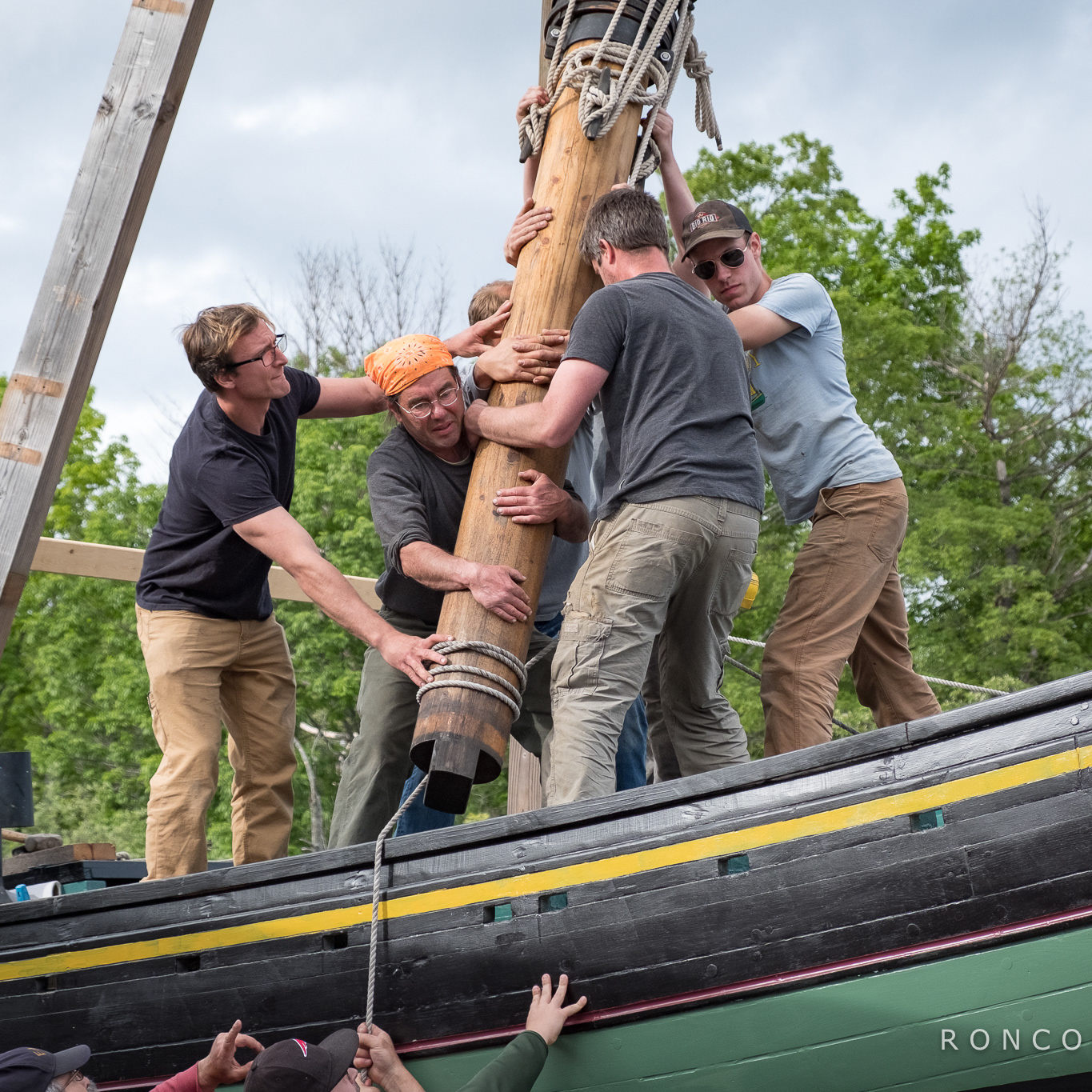⬇︎Click on any photo, below, to open slide show. Use keyboard arrows or swipe to view slides.

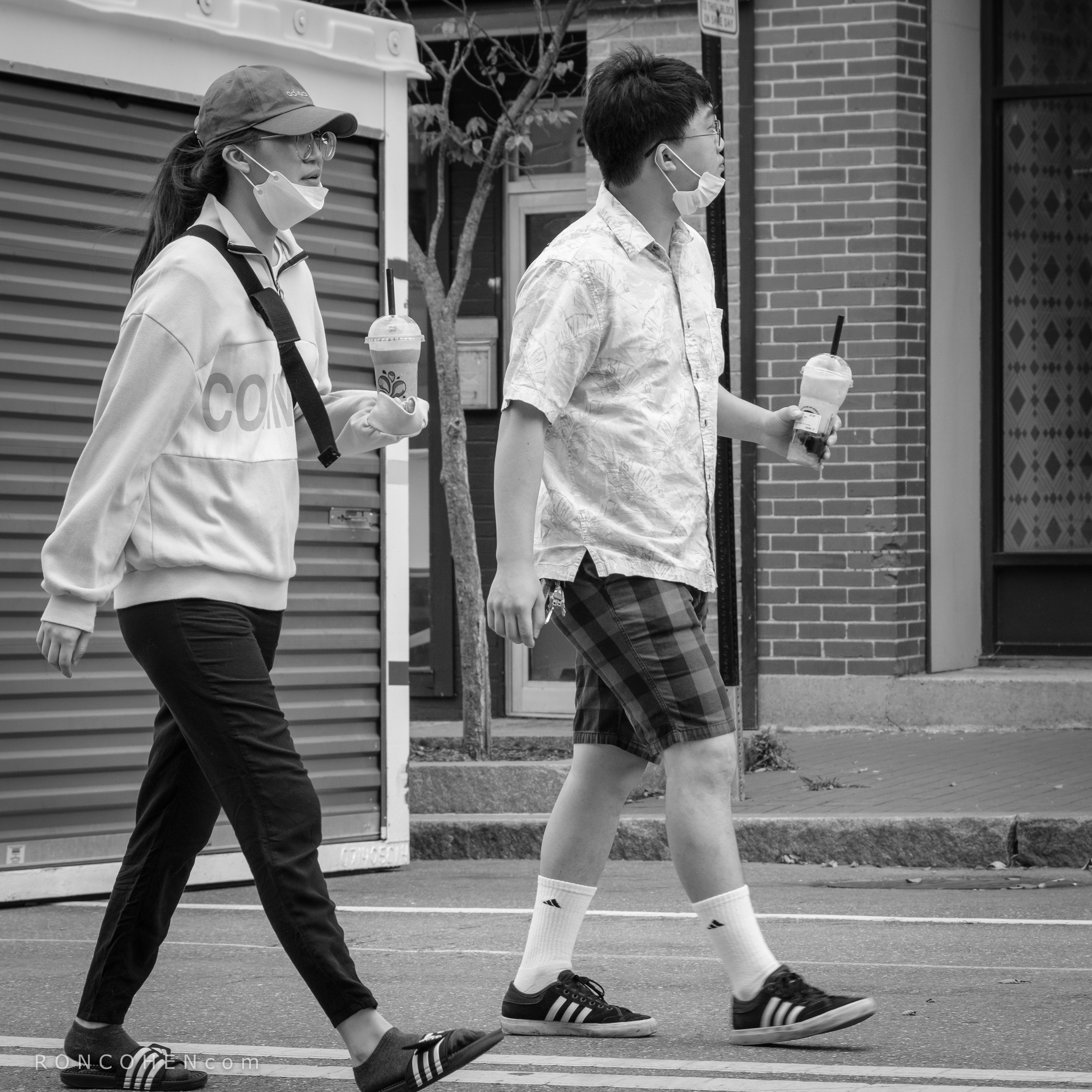
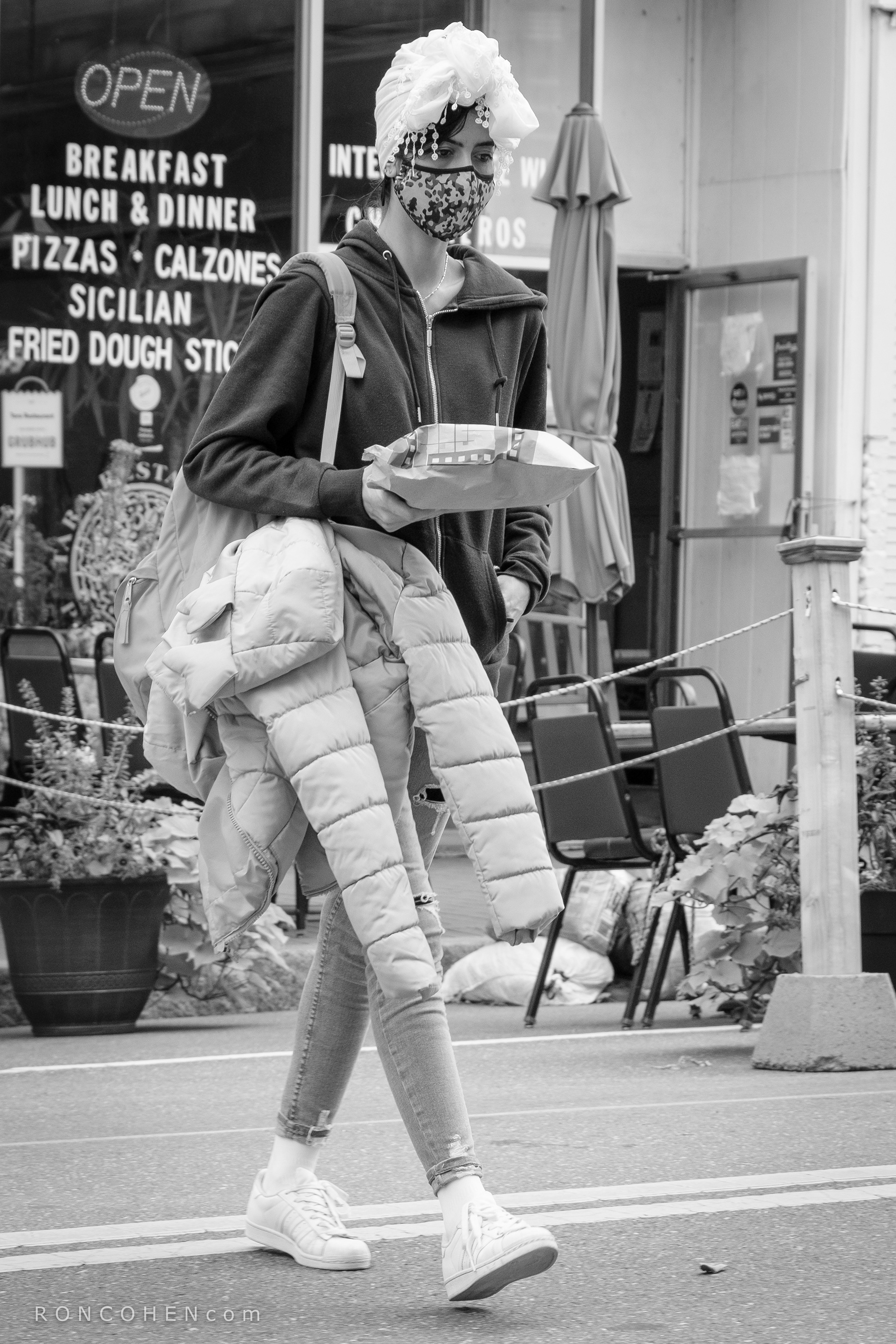

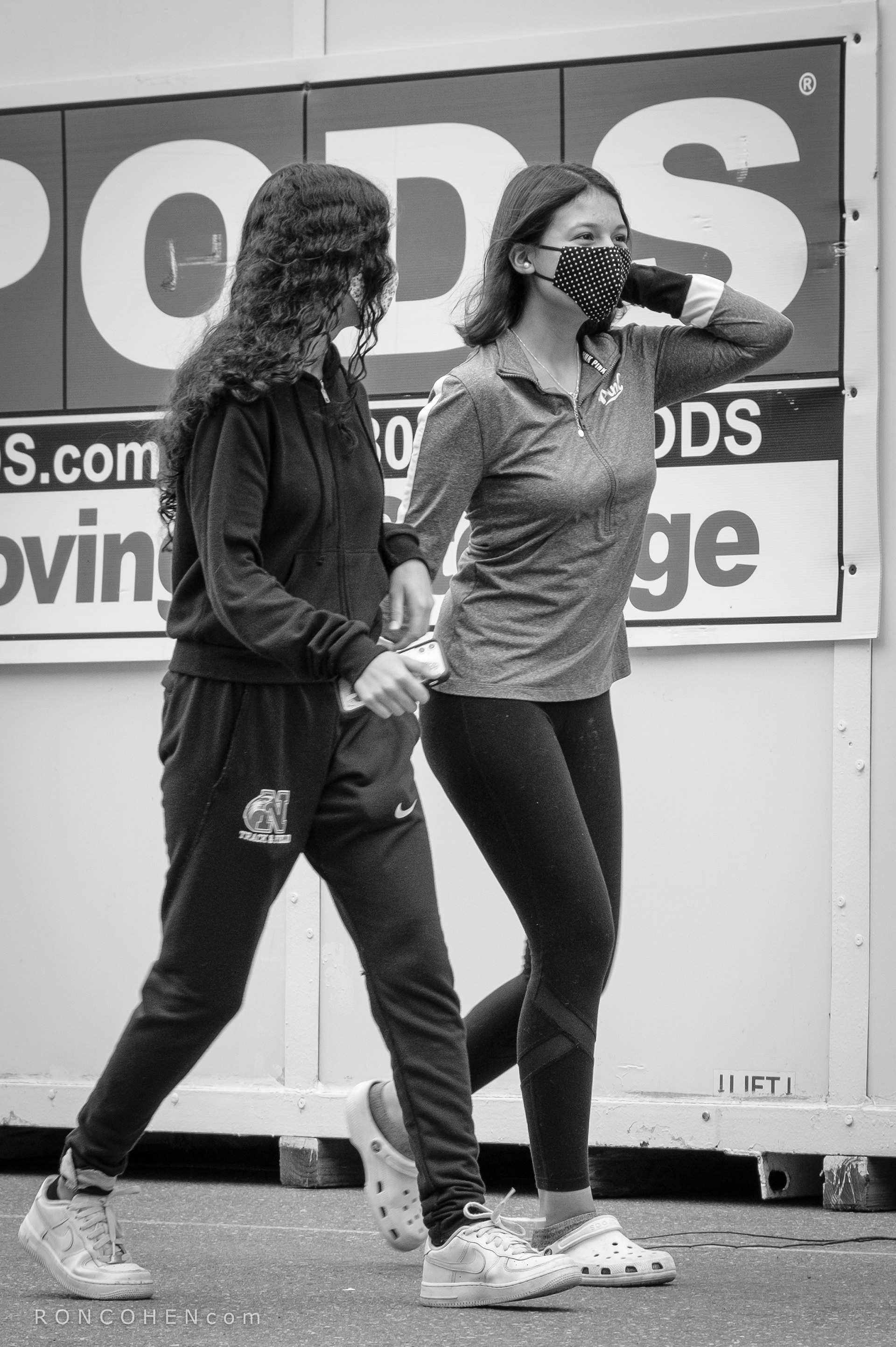
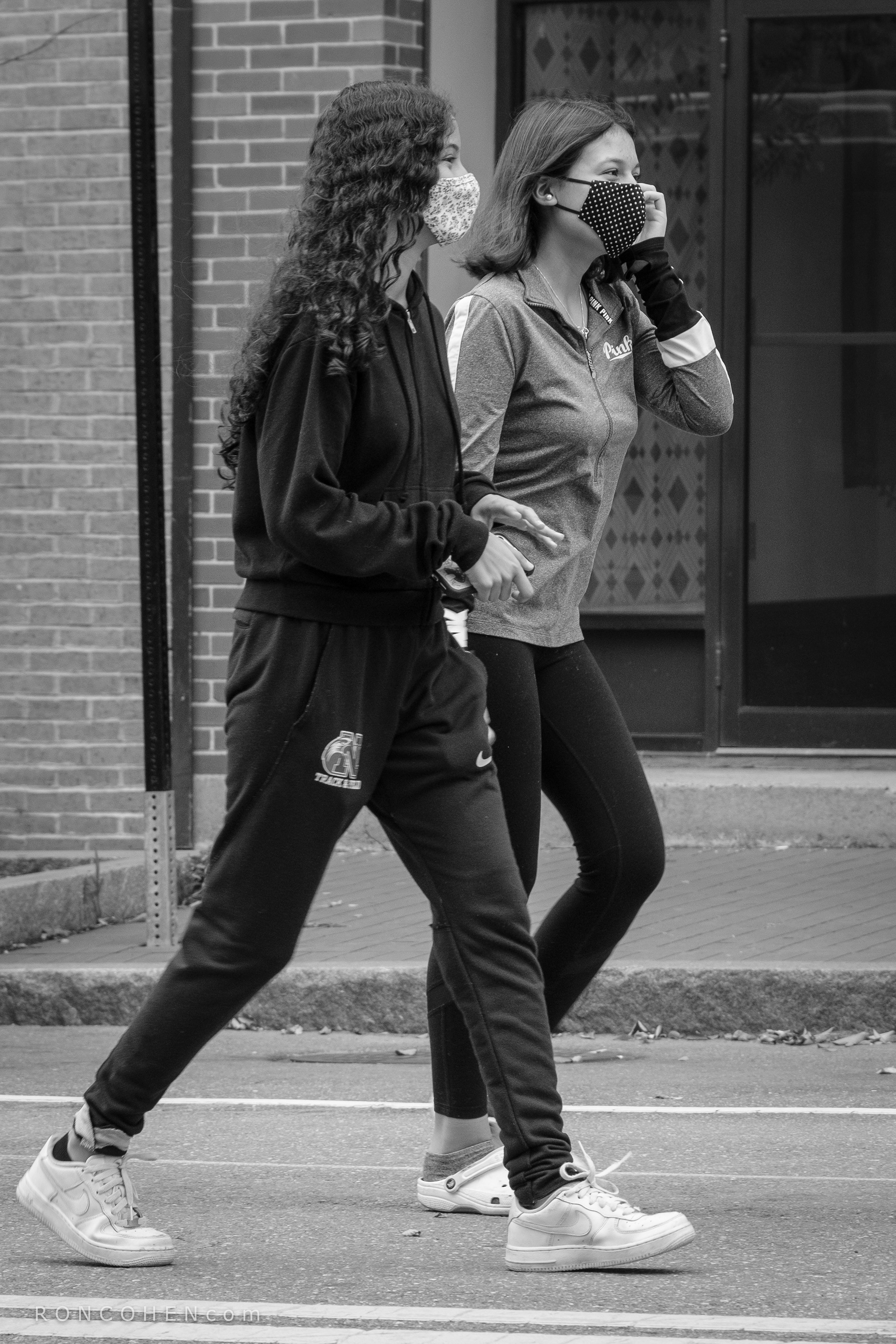
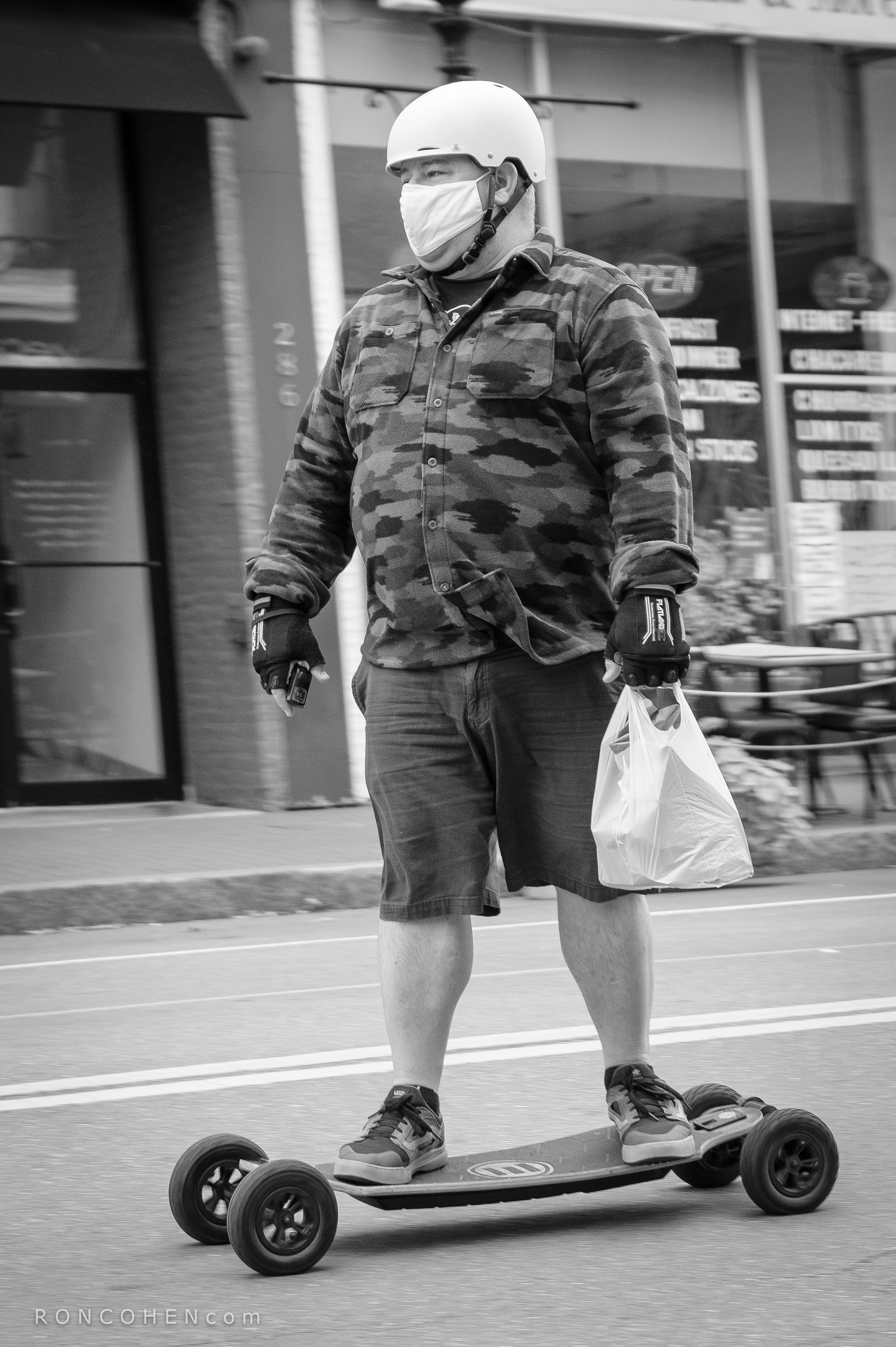
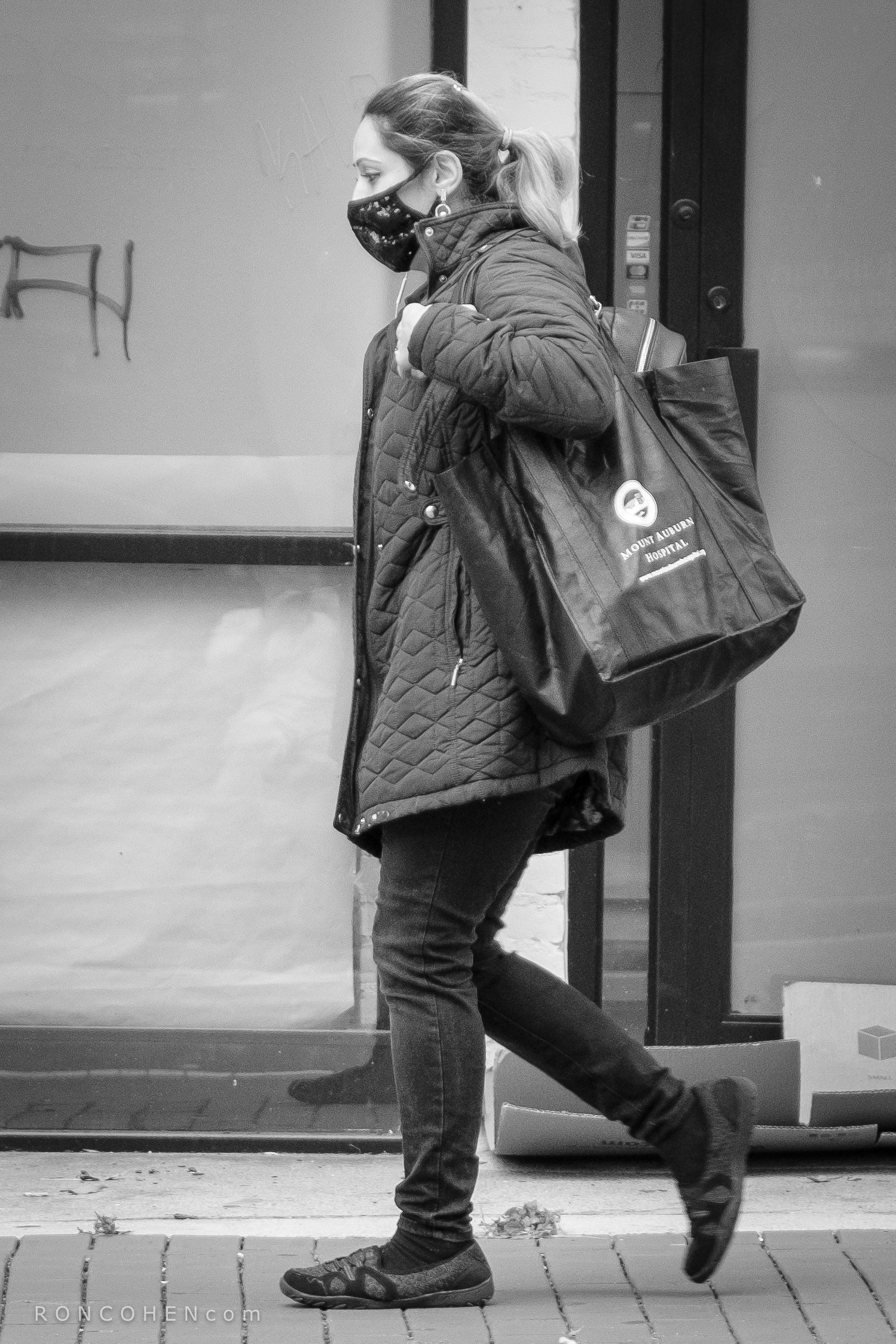
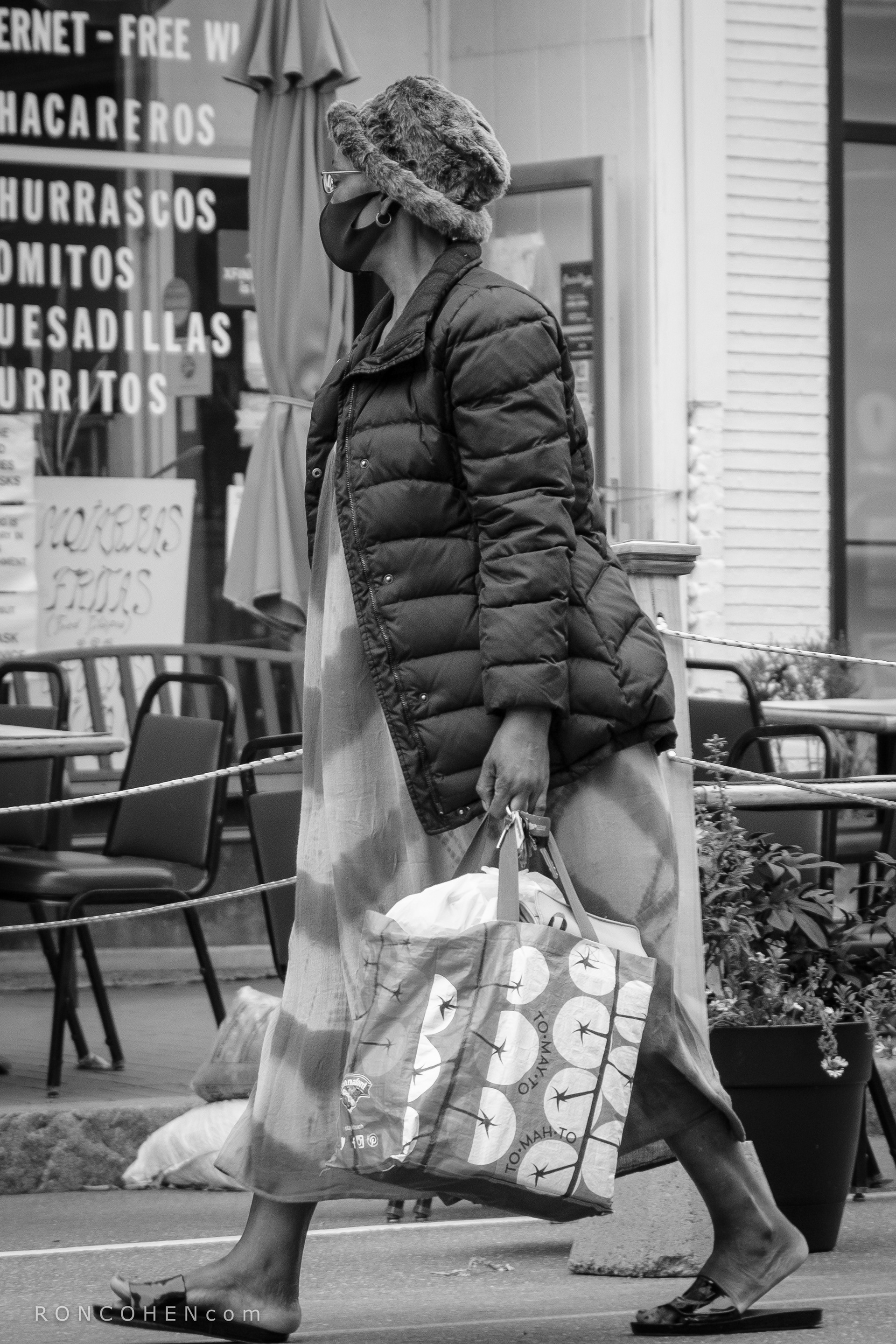
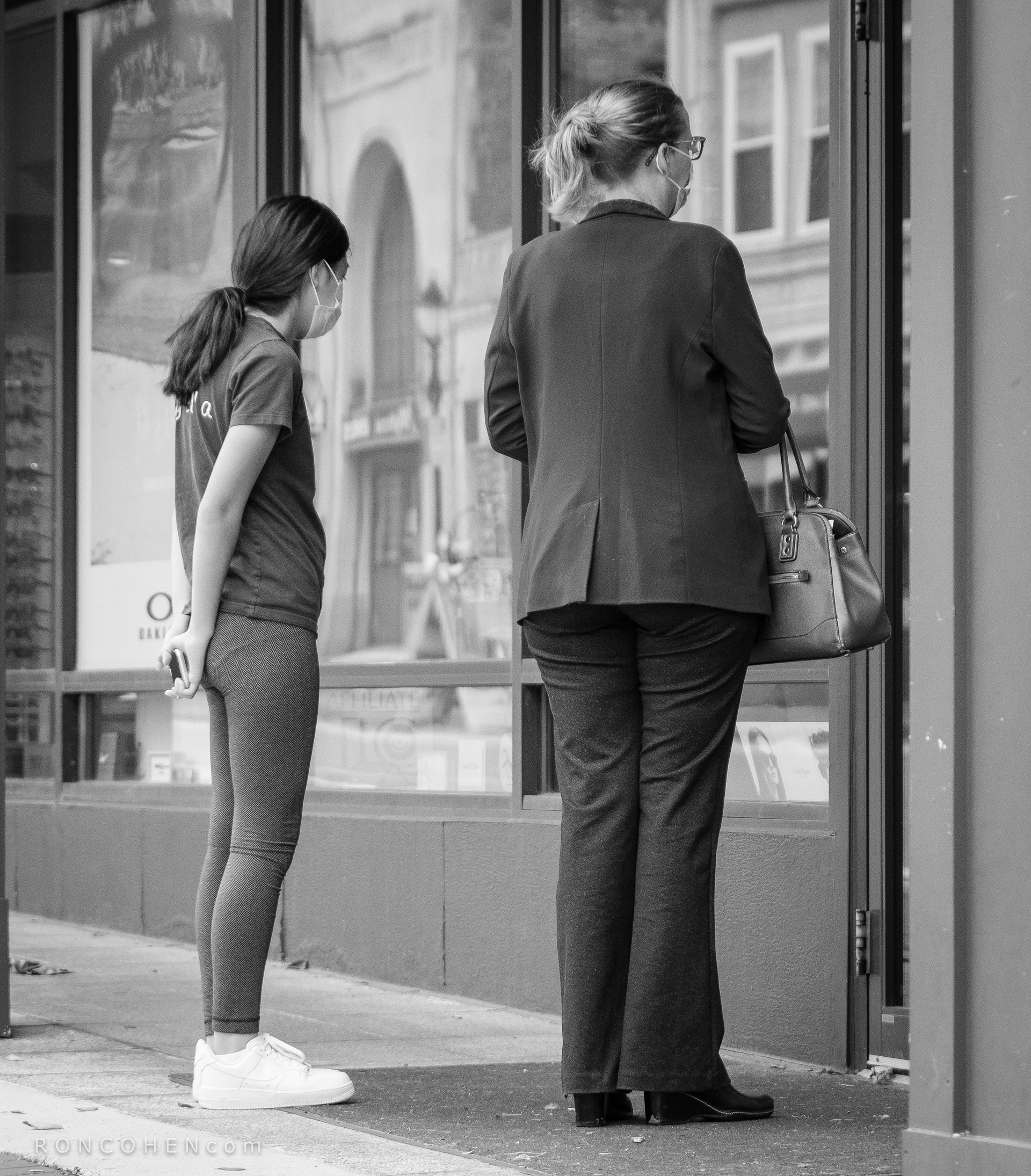

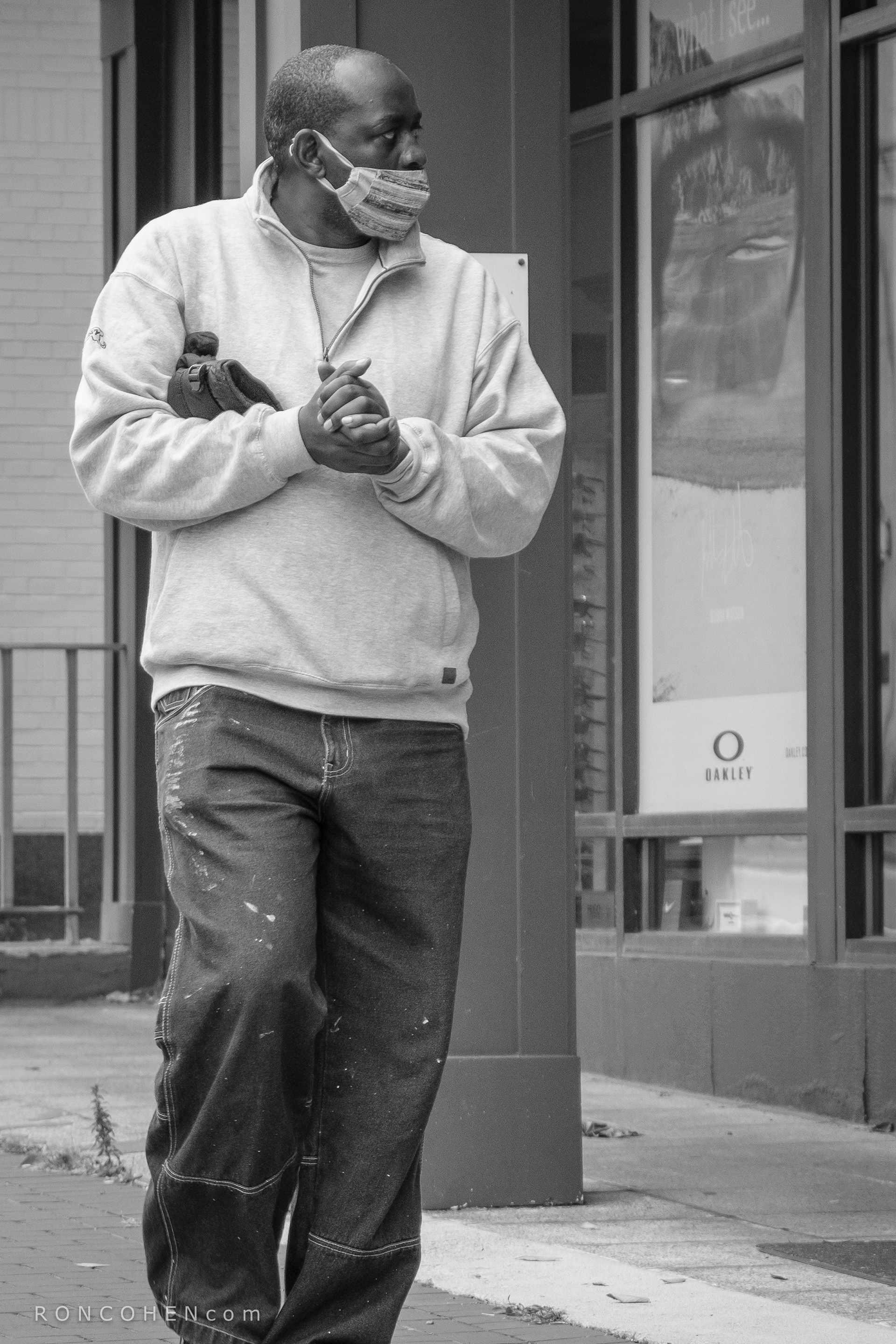
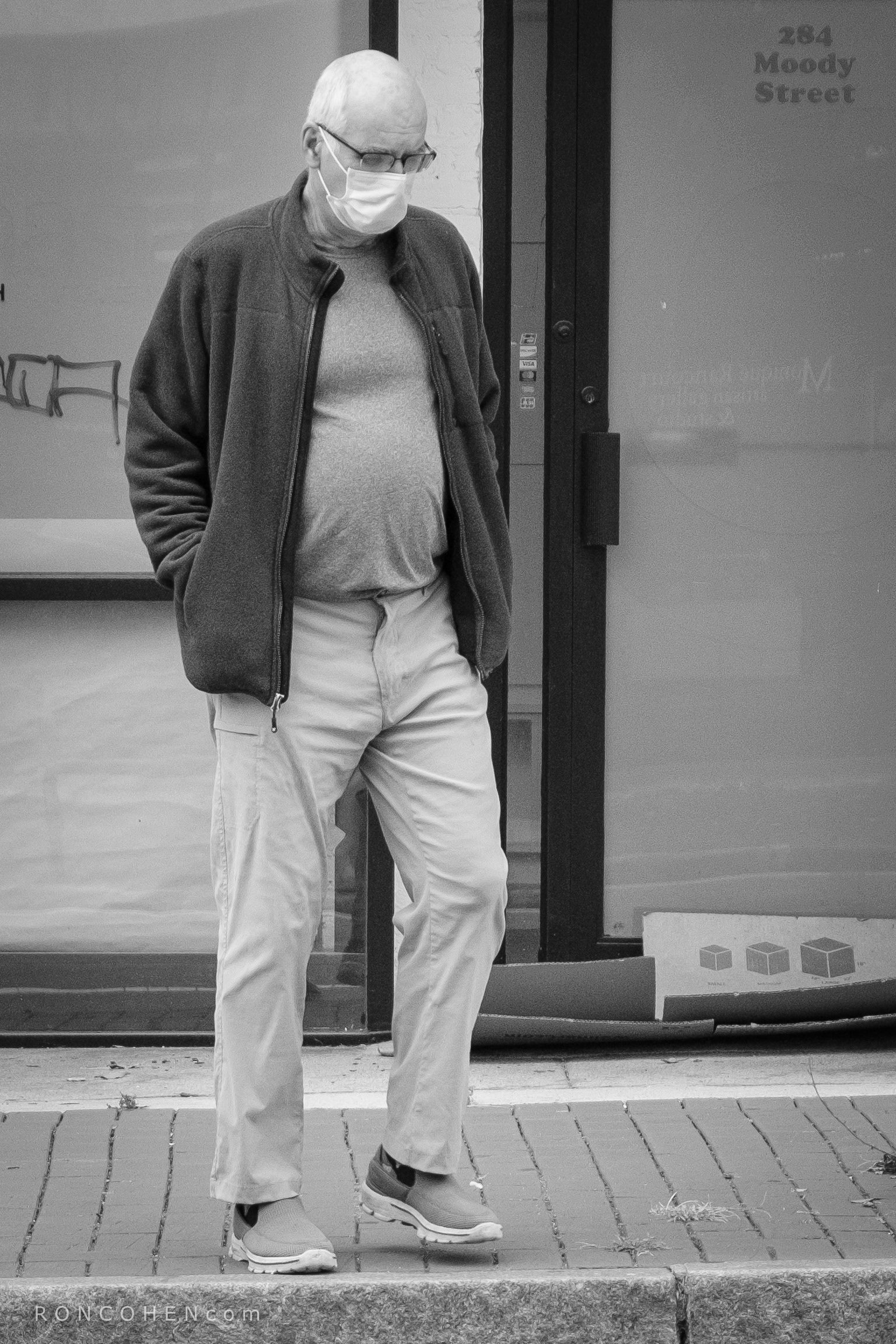
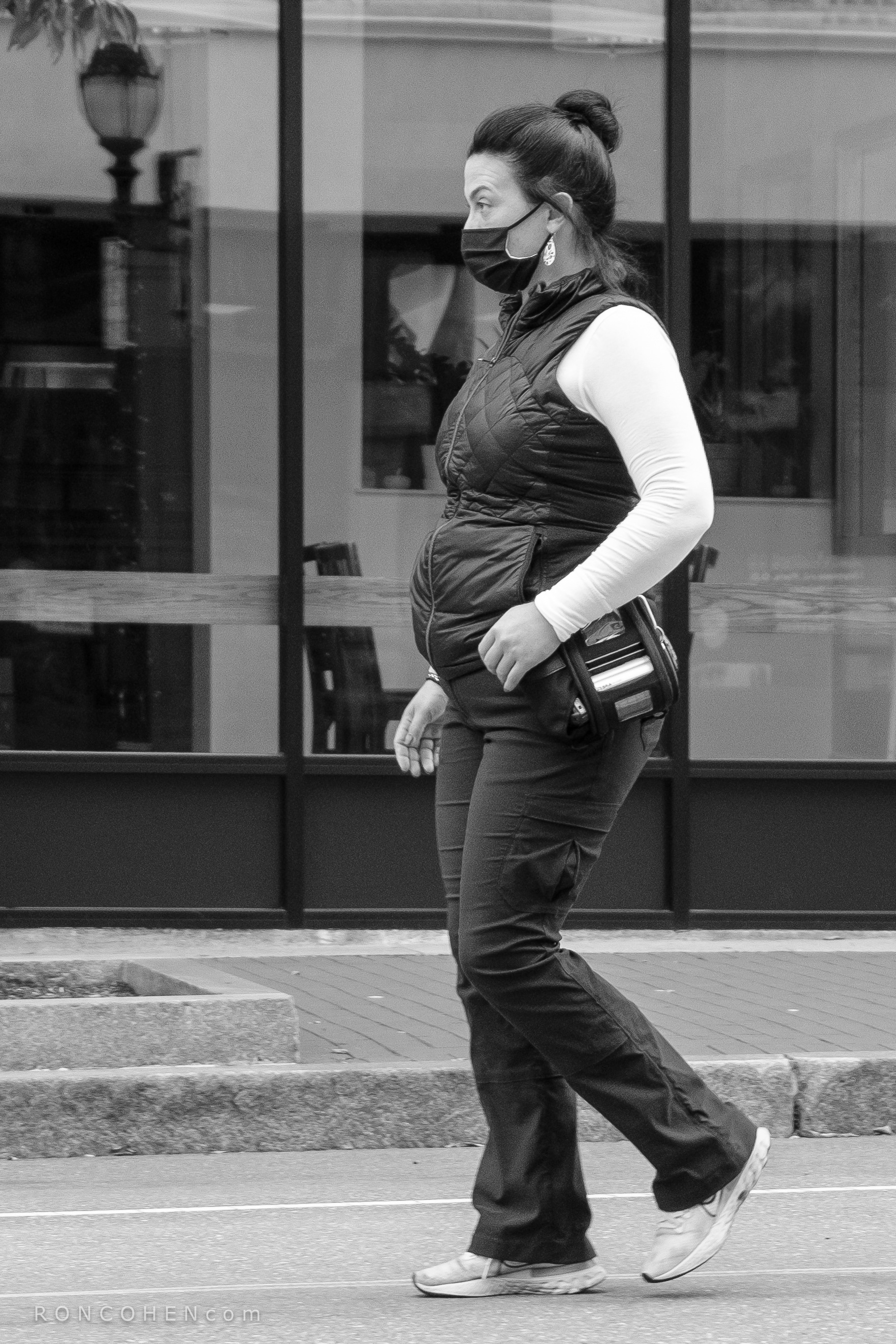
Moody Street is a linear venue, so when I photograph people on the street (now closed to traffic), they are either coming or going. There is little eddying, or milling about, as we see in the great urban plazas of Europe. At the foot of the street, there is occasional social eddying near the popular Pickle Restaurant, but it is fleeting, a spin-off from the restaurant when it is busy.
About black-and-white photography: I remember, not long ago, coming across some stunning black-and-white photos posted on Bēhance by a new member. In the comments section, a viewer had written that he would like to see them in color, as if the black-and-white versions were merely reductive, inadequate on their merits. I was taken aback. For the first 100 years of photography, there was no color, only black-and-white. There is a long and storied tradition of black-and-white photos on both sides of the Atlantic. That is especially true for street photos. Was he not aware of that rich history?
Obviously not! That tradition is little known or appreciated by many here on Bēhance. Mountains, valleys, sunsets, seashores, forests, medieval towns —all the icons of landscape photography—hold a place of honor as the legitimate subjects of photography. They are displayed in color and admired in color, whereas photos of people are quickly dismissed, especially when displayed in black-and-white, by many on this platform. By presenting these and other black-and-white street photos, I hope to challenge that parochial view and open some minds. Photography is at its best telling stories, especially telling them about people. Freed from the distracting emotional tug of color, black-and-white photos can often tell human stories with a power and precision that colored photos cannot match.


